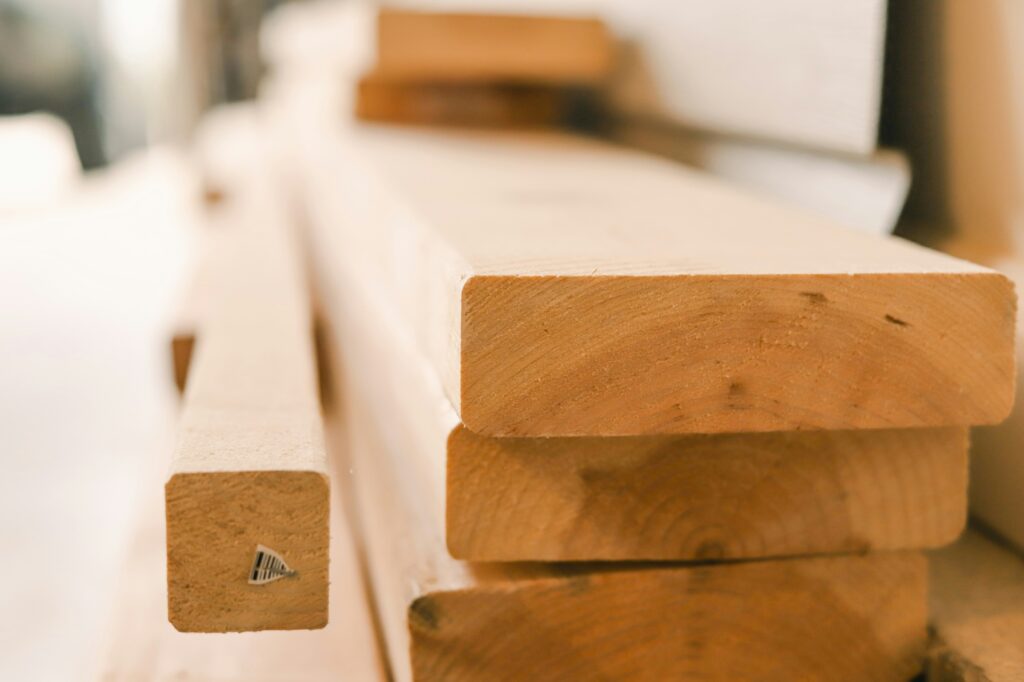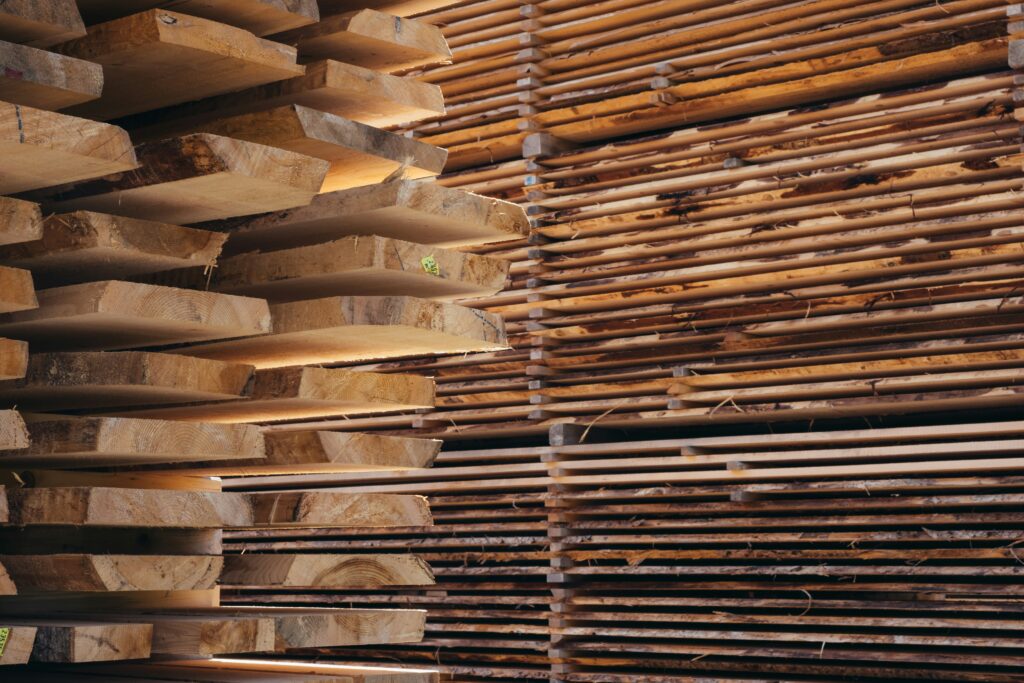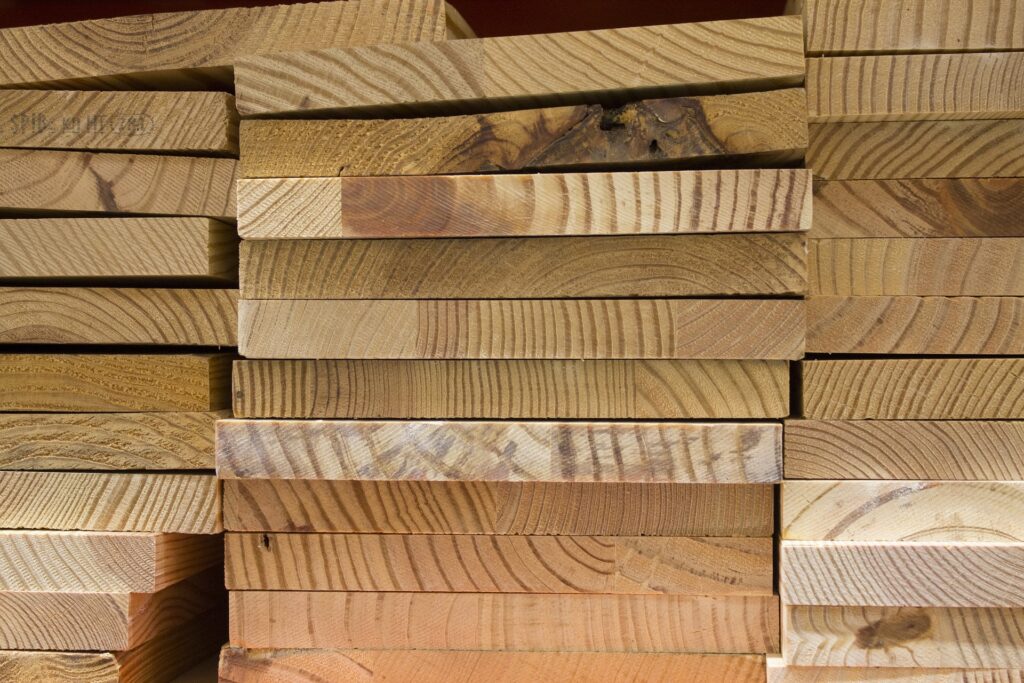Selecting the right wood for your carpentry project involves several factors, whether you’re building a house, crafting furniture, or installing flooring. It’s important to understand the characteristics of different wood types, such as hardwoods like oak and mahogany, or softwoods like pine and cedar, to make an informed decision. Factors like budget, aesthetics, durability, environmental impact, and availability are crucial in determining the best wood for your project. By following these guidelines, you can confidently choose the right type of wood that will enhance the beauty, strength, and longevity of your carpentry endeavors.
Key Takeaways:
- Consider the project: Understand the intended use of the wood – construction, furniture making, decking, indoor or outdoor applications – to select the most suitable type of wood.
- Factors to consider: Budget, aesthetics, durability, environmental concerns, and availability are crucial factors to take into account when choosing wood for your project.
- Inspect and inquire: Examine the wood for defects, moisture content, and origin details. Ask questions about processing and specific considerations for use to ensure the wood meets your project’s requirements.
Types of Wood for Carpentry
When considering wood for your carpentry project, it’s crucial to understand the different types available. Broadly categorized into hardwoods and softwoods, each type has its unique characteristics and applications.
- Oak
- Maple
- Mahogany
- Walnut
- Cherry
- Pine
- Cedar
- Spruce
- Redwood
Hardwoods vs. Softwoods
On one hand, hardwoods like oak and walnut are denser and stronger, making them ideal for furniture making and flooring. Conversely, softwoods like pine and cedar are more affordable and commonly used in construction and outdoor projects due to their availability and ease of working with.

Popular Wood Species and Their Uses
An important factor when choosing the right wood for your project is understanding popular wood species and their unique characteristics. For instance, oak is known for its strength and durability, making it suitable for flooring and furniture. Meanwhile, cedar is naturally resistant to decay and insects, making it perfect for outdoor projects like decking or siding. Choosing the appropriate wood species is crucial for ensuring the longevity and success of your carpentry project. This information has been summarized in the table below:
| Hardwoods | Softwoods |
| Oak | Pine |
| Maple | Cedar |
| Mahogany | Spruce |
| Walnut | Redwood |
| Cherry |
Factors to Consider When Selecting Wood
When selecting wood for your carpentry project, there are several key factors to take into account to ensure the success of your endeavor. From budget constraints to aesthetic preferences, durability requirements, environmental impact, and regional availability, each aspect plays a crucial role in determining the most suitable type of wood for your specific project.
Budget and Cost Considerations
Factors such as budget and cost are vital considerations when selecting wood for your carpentry project. Different types of wood come with varying price tags, so it’s crucial to weigh the cost of the wood against your overall project budget. Consider not only the initial purchase price but also any additional expenses such as specialized tools, finishes, or maintenance requirements.
Aesthetic Qualities and Appearance
Wood selection is also heavily influenced by aesthetic qualities and appearance. The type of wood you choose will impact the overall look of your project, including grain pattern, color variations, and texture. Each wood species has unique characteristics that can enhance the design style of your project, so it’s necessary to consider how these factors will complement your desired aesthetic.
With the right wood, you can create visually appealing pieces that stand out and make a statement in any space or environment.
Durability and Usage Requirements
Durability is a crucial factor when selecting wood for your carpentry project. The chosen wood must be able to withstand its intended environment and usage requirements. Consider the hardness of the wood, its resistance to wear and tear, abrasion, moisture, and temperature changes. Choosing a durable wood ensures the longevity and functionality of your project.
Consider the Janka rating, which measures the hardness of wood and its resistance to dents and scratches. This can help you determine if the wood is suitable for your specific usage requirements.

Environmental Impact and Sustainability
Even in the world of carpentry, it’s crucial to consider the environmental impact and sustainability of the wood you choose. Opt for wood sourced from sustainably managed forests, look for certifications like the Forest Stewardship Council (FSC), and consider reclaimed or recycled wood to reduce waste and promote eco-friendly practices. By selecting environmentally conscious wood options, you can contribute to a more sustainable future.
This consideration also extends to the end-of-life disposal of your project, ensuring that the wood can be easily composted or repurposed, reducing its environmental impact.
Availability and Regional Varieties
There’s a diverse range of wood varieties available, each with its unique characteristics and regional availability. Some wood types may be more challenging to source or limited to specific regions, which can impact your project timeline and overall budget. When deciding on wood, consider the availability of the species in your region and the potential challenges associated with sourcing additional materials for future projects or repairs.
It’s necessary to have a good understanding of the regional varieties of wood available to you, ensuring that you can access the right materials for your project without delays or additional costs.
Tips for Selecting the Perfect Wood
- Not sure what type of wood to choose for your carpentry project? Follow these tips to help you make an informed decision:
Understanding Wood Characteristics
Assuming you are new to woodworking, it’s important to understand the characteristics of different types of wood before making a decision. Consider factors such as strength, durability, appearance, and sustainability when selecting the perfect wood for your project.

Pros and Cons of Common Wood Types
| Common Wood Types | Pros and Cons |
|---|---|
| Oak | Pros: Strong, durable, ideal for furniture making. Cons: Can be pricey for some budgets. |
| Maple | Pros: Uniform grain, light color. Cons: May not be as strong as other hardwoods. |
| Pine | Pros: Affordable, easy to work with. Cons: Less durable compared to hardwoods. |
| Cedar | Pros: Resistant to decay, perfect for outdoor projects. Cons: Not as strong as some hardwoods. |
| Redwood | Pros: Natural beauty, durable. Cons: Can be more expensive. |
Selecting the perfect wood for your carpentry project involves weighing the durability, cost, appearance, and environmental impact of each type. Make an informed decision based on your project requirements and preferences. Assume that choosing the right wood is crucial for the success of your project.
Step-by-Step Guide to Selecting Wood
Define Your Project Needs
If you want to choose the right type of wood for your carpentry project, start by defining your project needs. Consider the intended use of the wood and whether it will be used indoors or outdoors, for construction, furniture making, or decking.
Compare and Contrast Different Woods
| Hardwoods | Softwoods |
| Oak, Maple, Mahogany, Walnut, Cherry | Pine, Cedar, Spruce, Fir, Redwood |
Any woodworking project requires a deep understanding of the differences between hardwoods and softwoods. While hardwoods are denser and stronger, ideal for furniture making, softwoods are more affordable and common in construction.
Selecting Wood Based on Specific Factors
Guide your selection process by considering specific factors:
- Budget: Determine how much you can invest in wood.
- Aesthetics: Consider the appearance qualities of different wood species.
- Durability: Choose wood that can withstand the intended environment and usage.
- Environmental concerns: Prioritize sustainably sourced wood.
- Availability: Ensure the wood you choose is readily accessible.
Based on these factors, you can confidently select the most suitable wood for your carpentry project. Assume that considering these aspects will lead to a successful outcome.
Resources
The following books dive much deeper into different species of wood and how to select the right kind of timber for your project.
- Wood: Identification and Use: Identification & Use
- Wood ID Handbook
- The Essential Wood Book: The Woodworker’s Guide to Choosing and Using Lumber
- The Real Wood Bible: The Complete Illustrated Guide to Choosing and Using 100 Decorative Woods
- Identifying Wood
Conclusion
Choosing the right type of wood for your carpentry project involves considering factors such as budget, aesthetics, durability, environmental concerns, and availability. By understanding the characteristics of different wood species, you can make an informed decision based on the intended use of the wood, its sustainability, and its visual appeal. Remember to inspect the wood for defects and ask questions about its origin and processing to ensure the quality of your project. Wood selection is a learning process, so don’t be afraid to experiment and gain experience. With these guidelines in mind, you can confidently choose the perfect wood for your next woodworking endeavor.
The Carpenter’s Mate works with several affiliate programs and as such we may receive a small commission from purchases via links in this article, at no cost to the buyer.
If you found this helpful, consider checking out our other materials articles.

